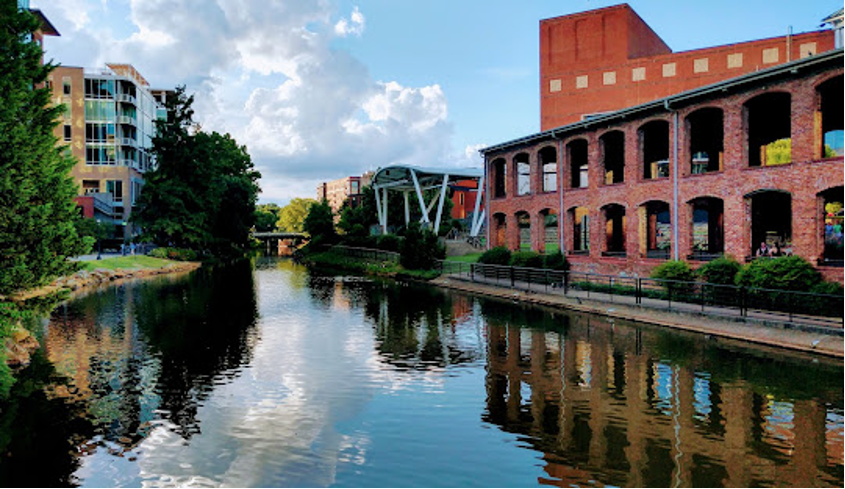From Past to Future: Adapting Historic Buildings for Modern Use
Historic preservation is more than just maintaining old buildings—it’s about finding new, innovative uses for them. Adaptive reuse projects in South Carolina have breathed new life into forgotten structures, contributing to community revitalization and sustainability.
One successful example is the redevelopment of the Cigar Factory in Charleston. This former industrial building, dating back to 1882, has been transformed into a mixed-use space featuring offices, retail shops, and event venues. The Cigar Factory’s adaptive reuse preserves its historic character while making it a vibrant part of Charleston’s economy.
Another example is the West End of Greenville, where old textile mills have been converted into residential lofts, breweries, and creative workspaces. These projects retain the industrial charm of the original buildings while providing modern amenities and functions.
Adaptive reuse preserves history and creates sustainable building practices by reducing the need for new construction. This approach benefits the environment and the community, ensuring historic buildings remain relevant in the 21st century.
For more on this topic, see: Cigar Factory Charleston

West End, Greenville, SC

